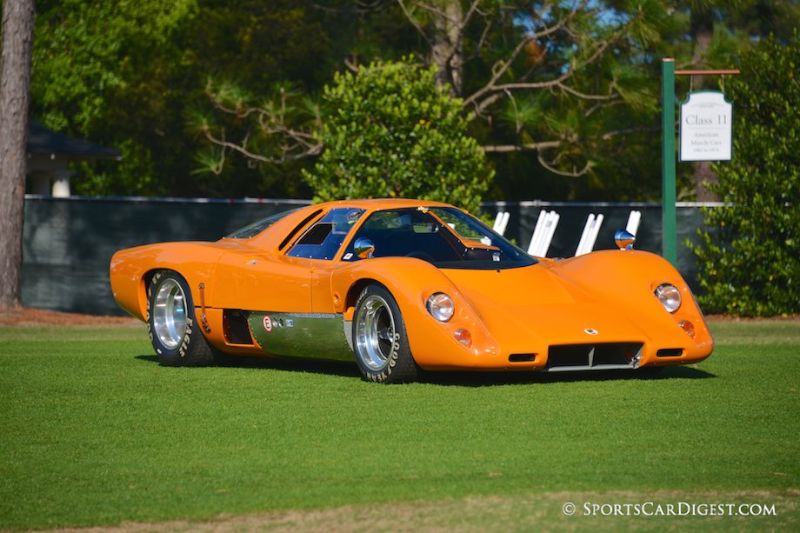History’s top racing car manufacturers have always taken rather different approaches to their road-going products. Enzo Ferrari never cared for them all that much, as fantastic as many of them were, seeing them as a way to fund the next race car. Ferdinand Porsche, on the other hand, placed great importance on his company’s street cars and there was often a strong link between Porsches for the road and Porsches for the track. In between Porsche and Ferrari there were dozens of smaller specialist car makers, and Great Britain in particular was a hotbed of racing activity in those formative decades after the Second World War.
A definite standout of this era would of course be McLaren, first incorporated as Bruce McLaren Motor Racing Limited in 1963. Young Grand Prix hotshoe Bruce McLaren had followed in his mentor Jack Brabham’s footsteps to start racing cars bearing his own name, and though the group had rather humble beginnings, in just a few years cars bearing Bruce’s name would steamroll the Can-Am series, win at Indy and establish McLaren as one of the Formula One superpowers.The all-conquering 240 mph McLaren F1 road car was unleashed upon the world in 1992, bringing the brilliance of McLaren engineering to the road for the first time in a series production car, and after partnering with Mercedes a few years later for the Mercedes-Benz SLR McLaren, the company has since returned to making independent road cars. With the world renowned MP4-12C and P1, as well as the recently announced 650S, McLaren now finally has a full range of road cars after half a century of almost exclusively limiting their customer offerings to the track. It is important to remember, however, that although Bruce McLaren died in 1970, it is with him that the concept of a mid-engined McLaren road car really started. Only a precious few were built before Bruce’s death and a change of priorities relegated it to not much more than a footnote of McLaren history, but the M6B-GT (or simply M6-GT) was the genesis of the company’s road-going machines. Today’s P1’s represent the achievement of one of Bruce McLaren’s dreams, but it was a dream that started with the M6-GT.
No Subscription? You’re missing out
Get immediate ad-free access to all our premium content.
Get Started



